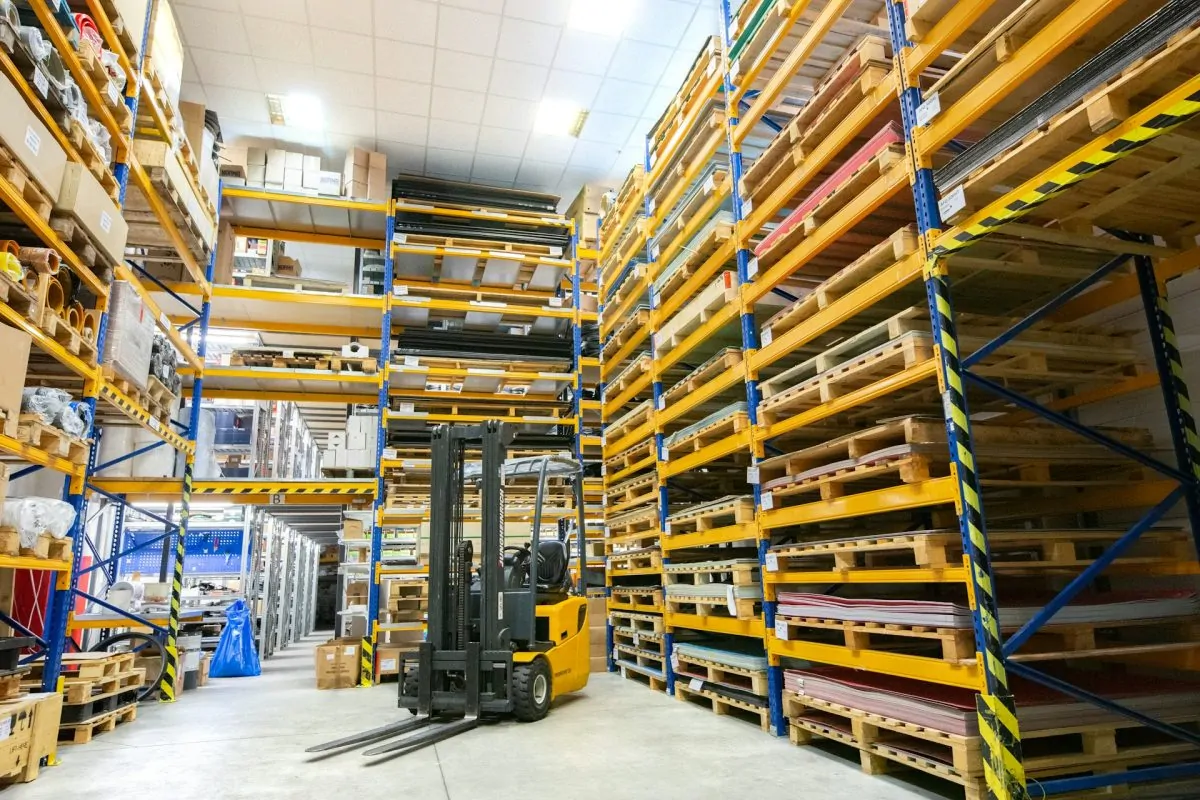An efficient pick and pack process is essential for businesses that rely on order fulfillment. Whether you operate a small e-commerce store or a large-scale distribution centre, optimising this process can reduce costs, improve order accuracy, and enhance delivery speed.
Choosing the right pick and pack method can streamline operations and prevent common fulfillment challenges such as order errors, delays, and labour inefficiencies. With several different picking methods available, businesses must evaluate their specific needs to determine the best approach.
This guide explores the most commonly used pick and pack processes, outlining their advantages, challenges, and suitability for different business models. By understanding how these methods work, you can make informed decisions to improve warehouse efficiency and customer satisfaction.
Understanding the Pick and Pack Process
The pick and pack process is a critical stage in order fulfillment where warehouse staff retrieve products from storage (picking) and prepare them for shipping (packing). This process directly impacts order accuracy, processing speed, and overall customer experience.
Why Pick and Pack Efficiency Matters
-
Reduces errors: Mistakes in picking the wrong items lead to costly returns and customer dissatisfaction.
-
Improves delivery speed: Faster picking means quicker dispatch times, leading to improved customer satisfaction.
-
Optimises labour costs: A well-structured picking system ensures warehouse staff spend less time walking between storage locations.
Common Challenges in Pick and Pack
-
Slow processing times caused by inefficient warehouse layouts or outdated systems.
-
High labour costs due to manual picking processes.
-
Inventory mismanagement leading to missing or incorrect stock.
Implementing the right pick and pack strategy can address these issues and help businesses maintain smooth logistics operations.
Types of Pick and Pack Methods
1. Piece Picking
How It Works:
Piece picking is the most straightforward method, where a warehouse staff member picks and packs one order at a time. This method is commonly used by small businesses with manageable order volumes.
Pros:
-
Simple to set up with minimal technology requirements.
-
Ideal for businesses with low daily order volumes.
Cons:
-
Time-consuming, as each order is picked individually.
-
Labour-intensive, increasing operational costs.
Best for:
-
Small businesses and boutique retailers.
-
Stores offering custom or unique orders.
2. Batch Picking
How It Works:
Batch picking consolidates multiple orders that contain similar items, allowing pickers to retrieve multiple products in one trip. This reduces the time spent moving between storage areas.
Pros:
-
Reduces walking time, improving efficiency.
-
Suitable for high-volume e-commerce businesses.
Cons:
-
Requires well-organised inventory tracking to avoid errors.
-
Not ideal for businesses with highly varied product selections.
Best for:
-
E-commerce stores handling multiple small orders daily.
-
Businesses needing a balance between speed and efficiency.
3. Zone Picking
How It Works:
The warehouse is divided into zones, and each picker is responsible for retrieving items only within their designated area. Orders are then consolidated before packing.
Pros:
-
Reduces congestion and streamlines workflow in large warehouses.
-
Improves efficiency in facilities with a high number of SKUs.
Cons:
-
Requires strong coordination between zones.
-
Not as effective for small-scale operations.
Best for:
-
Large warehouses with extensive product catalogues.
-
Retailers and businesses managing high SKU counts.
4. Wave Picking
How It Works:
Orders are grouped into waves based on specific criteria such as shipping deadlines, product categories, or customer location. Pickers retrieve items in timed batches for processing.
Pros:
-
Maximises efficiency by aligning picking with shipping schedules.
-
Ideal for businesses handling high-order volumes.
Cons:
-
Requires an advanced warehouse management system (WMS) to coordinate effectively.
-
More complex to manage than other picking methods.
Best for:
-
High-volume retailers and distribution centres.
-
Businesses with multiple daily shipping cutoffs.
How to Choose the Right Pick and Pack Process for Your Business
Selecting the right method depends on several factors, including order volume, product type, warehouse layout, and technology capabilities.
Key Considerations:
-
Order Volume:
-
-
Low order volume → Piece picking
-
High order volume → Batch or wave picking
-
-
Product Type:
-
-
Highly varied inventory → Zone picking
-
Standardised or frequently ordered products → Batch or wave picking
-
-
Warehouse Layout:
-
-
Small space → Piece or batch picking
-
Large warehouse → Zone or wave picking
-
-
Technology Use:
-
-
No WMS → Piece or batch picking
-
Automated tracking → Zone or wave picking
-
Matching your business needs with the most suitable pick and pack method ensures maximum efficiency, lower costs, and faster order fulfillment.
Enhancing Efficiency with Technology
Leveraging automation and inventory management technology can further optimise pick and pack processes.
Key Technologies to Consider:
-
Barcode scanning to improve accuracy and reduce mispicks.
-
Warehouse Management Systems (WMS) to track inventory and coordinate picking schedules.
-
AI-driven analytics to predict demand and allocate resources efficiently.
Integrating automation tools into your fulfillment process enhances speed, reduces labour costs, and minimises human error. Businesses investing in smart logistics solutions gain a competitive edge in fast-paced markets.
Conclusion
Optimising your pick and pack process is essential for reducing costs, improving order accuracy, and maintaining customer satisfaction. The right method depends on your business size, order volume, and product type.
-
Small businesses benefit from piece or batch picking.
-
High-volume e-commerce stores improve efficiency with batch or wave picking.
-
Large warehouses streamline operations using zone picking.
Assessing your current fulfillment process and exploring automation opportunities can significantly enhance logistics performance.
For businesses looking to establish efficient order fulfillment, digital integration, and scalable logistics, Pick Packers provides tailored solutions. Contact us today to explore how our expert fulfillment services can help streamline your operations.

